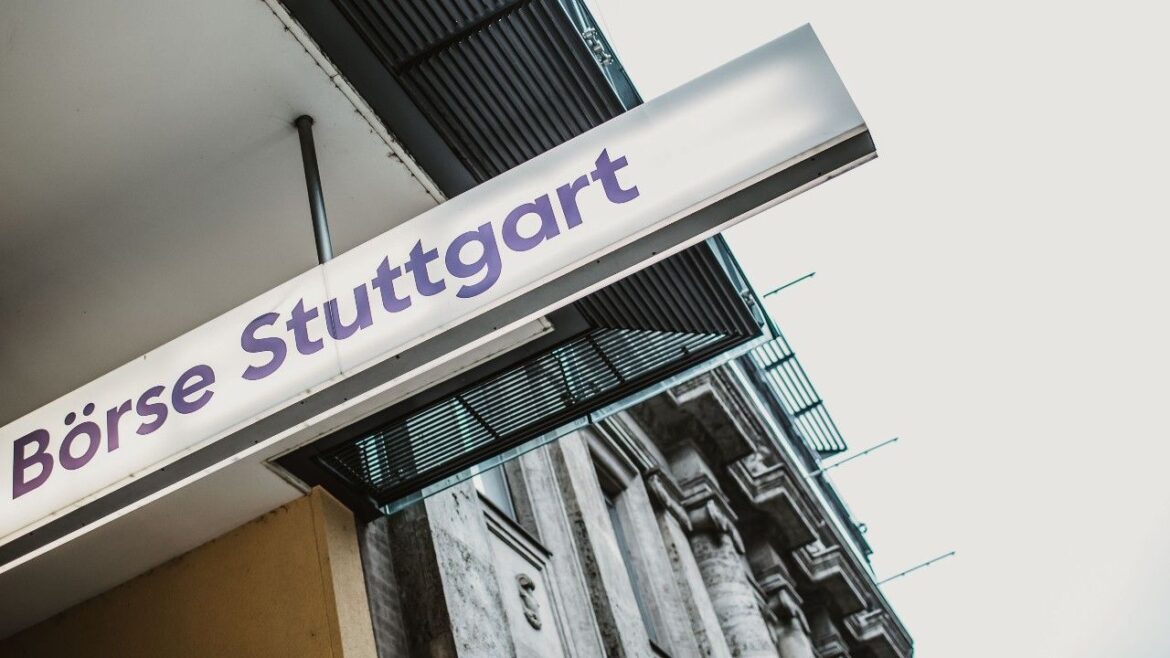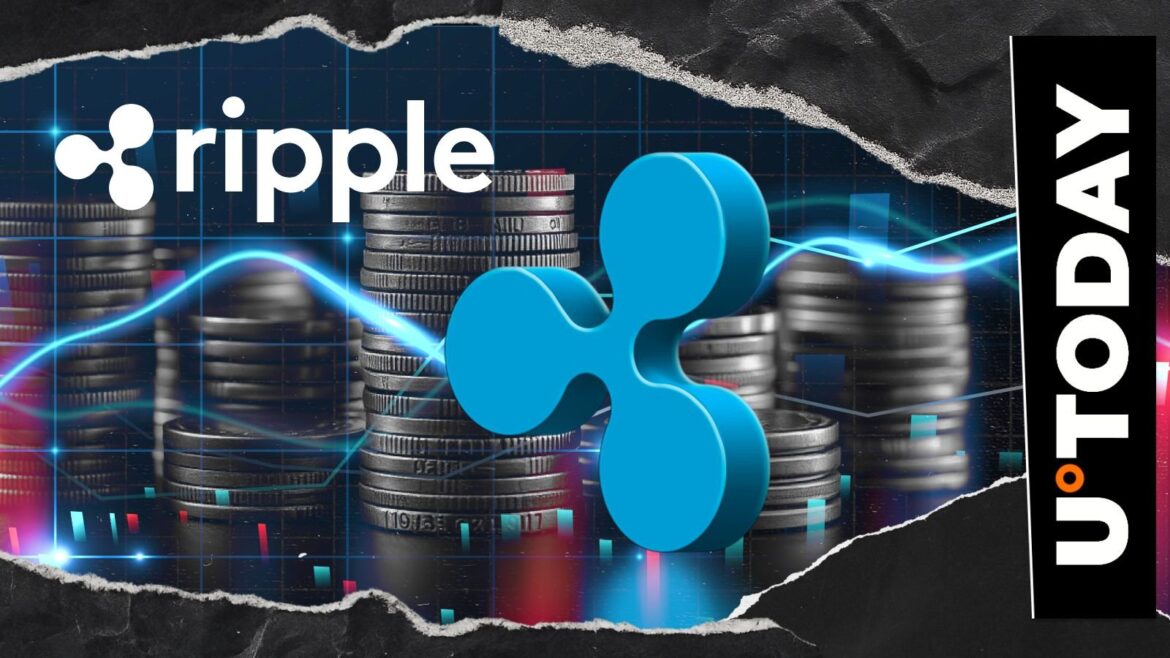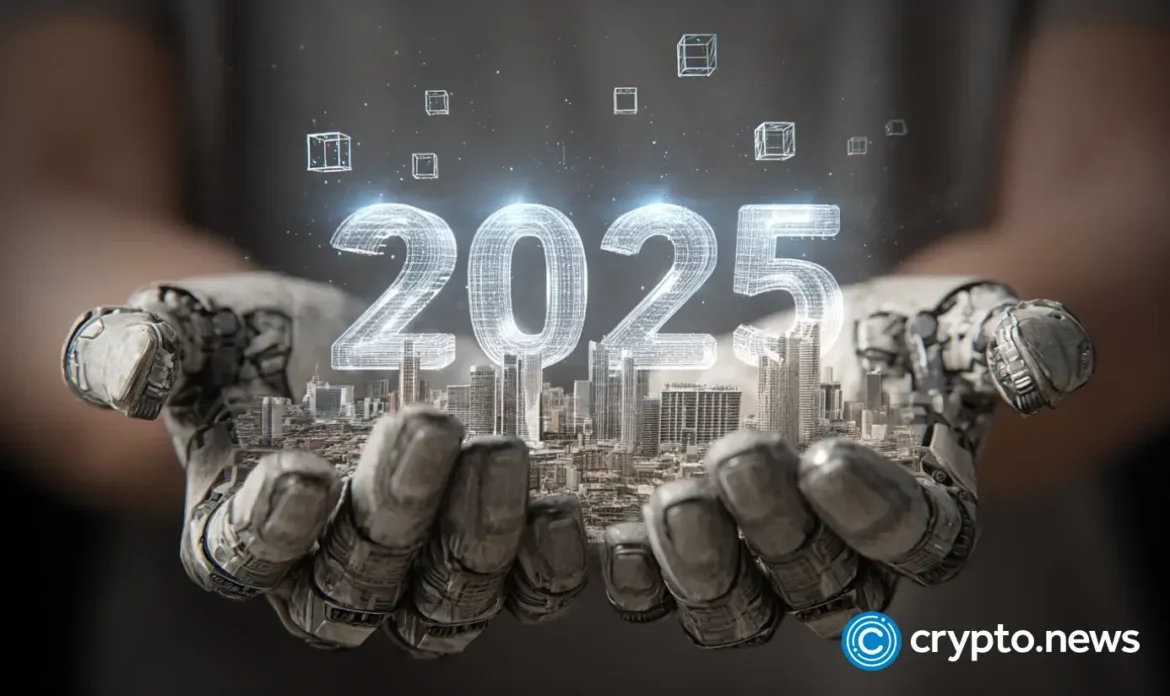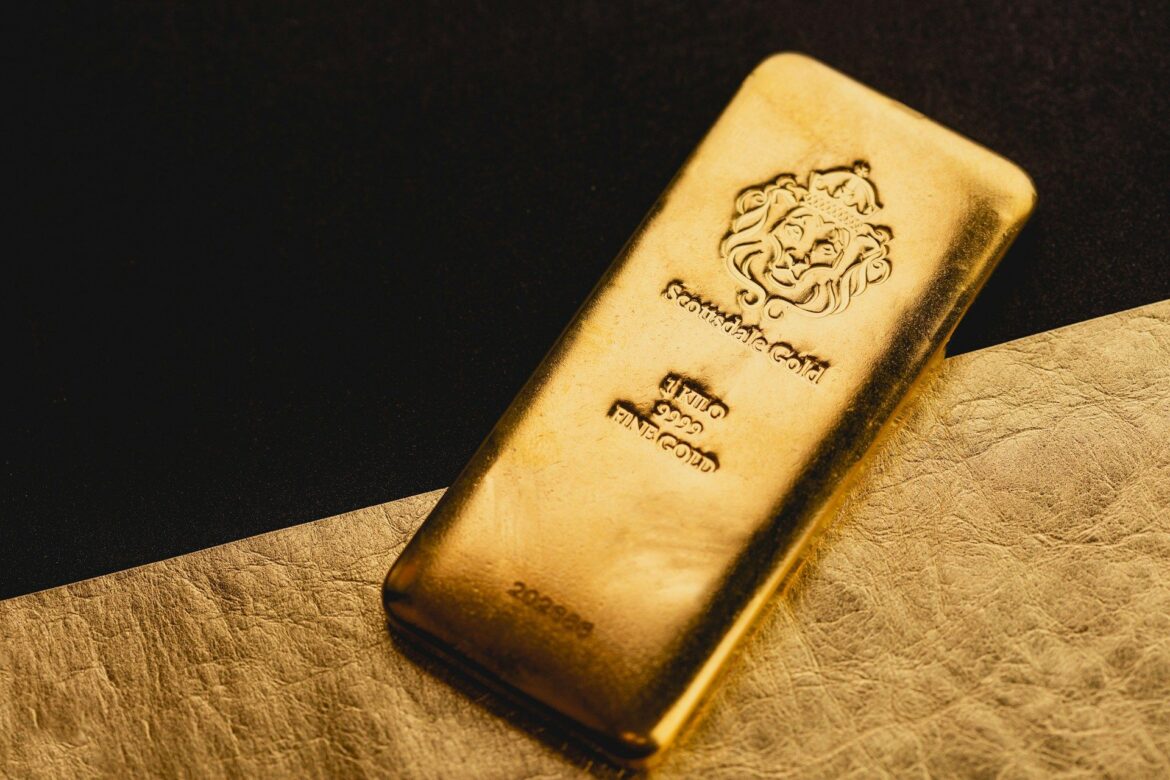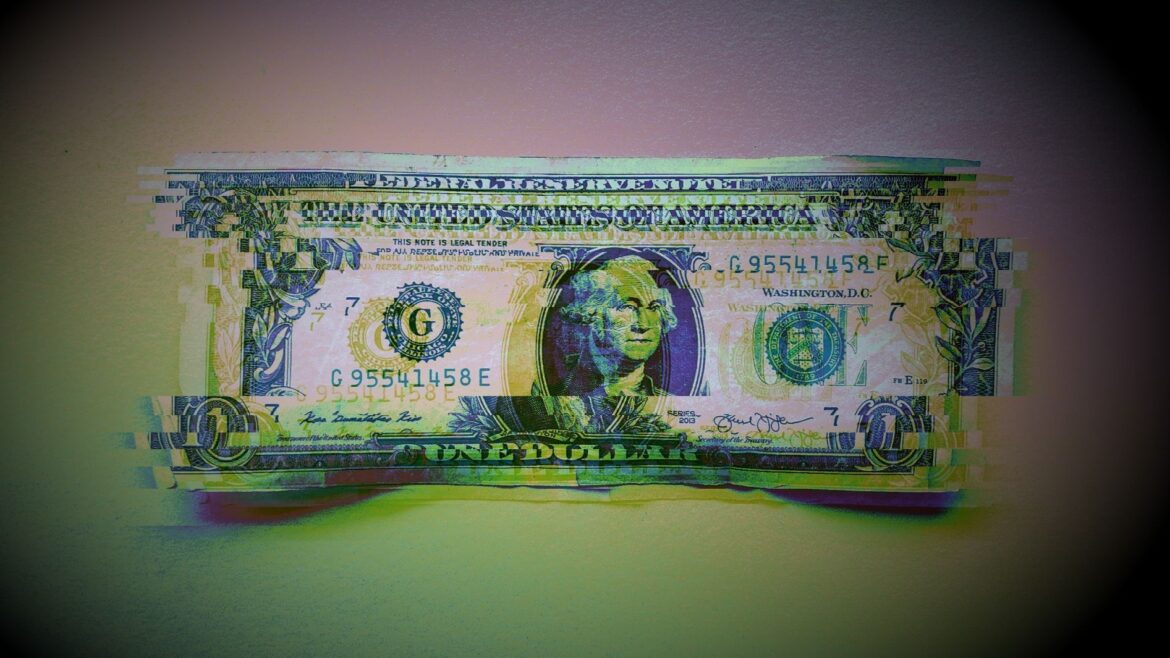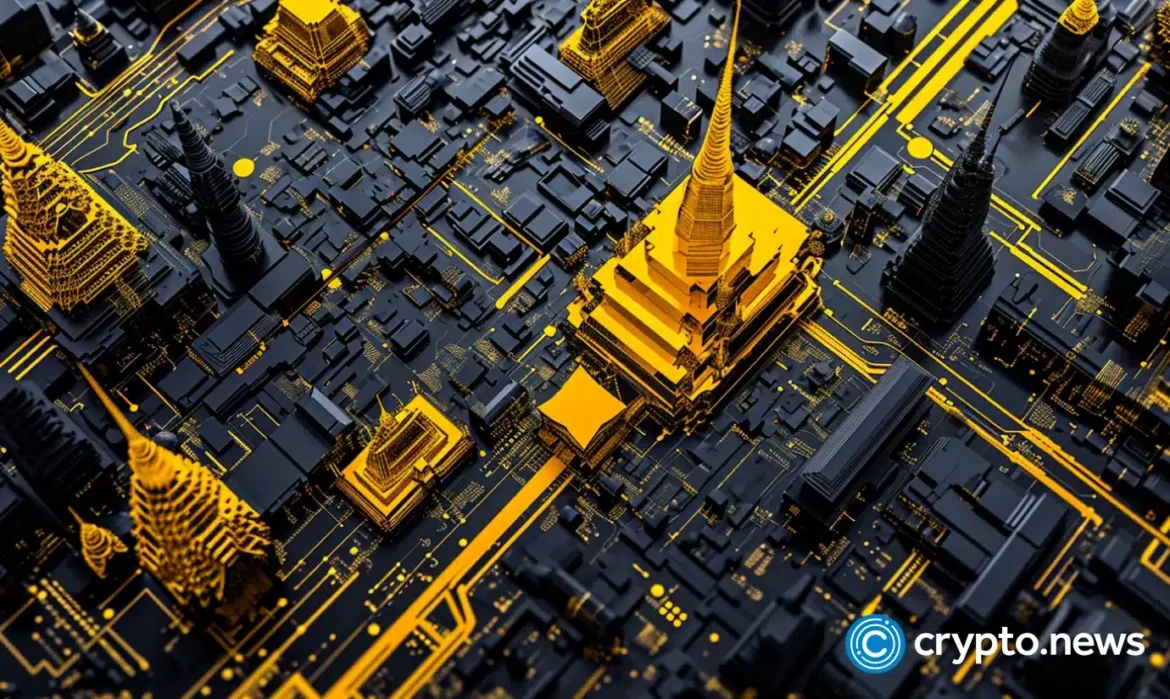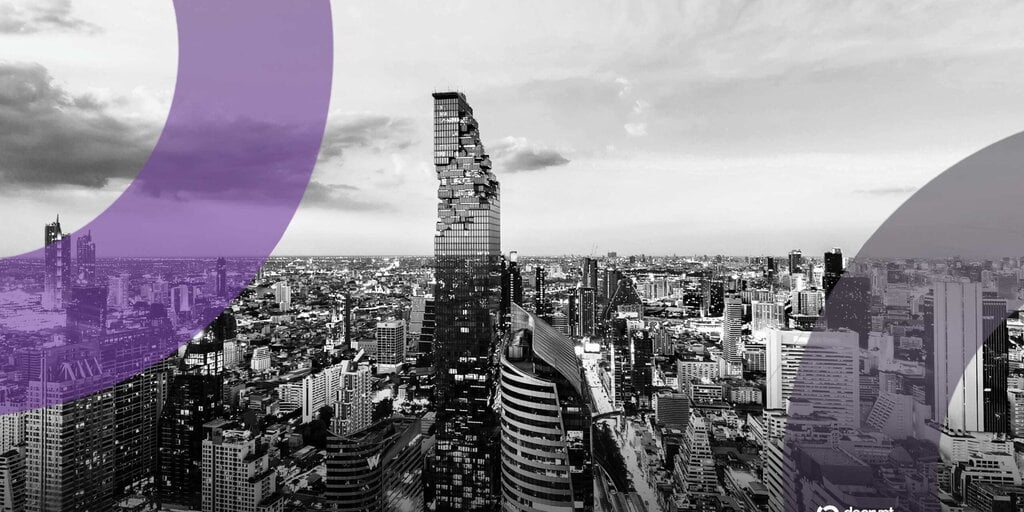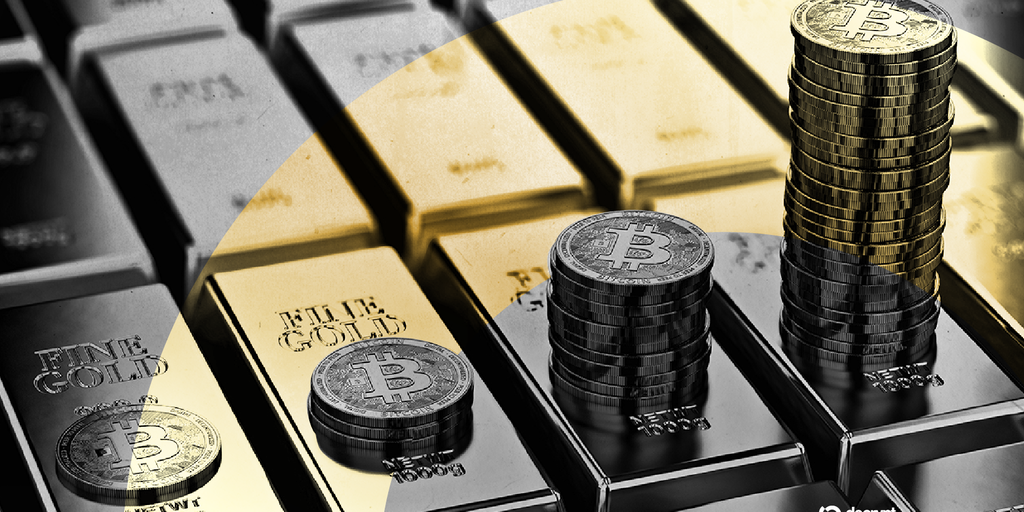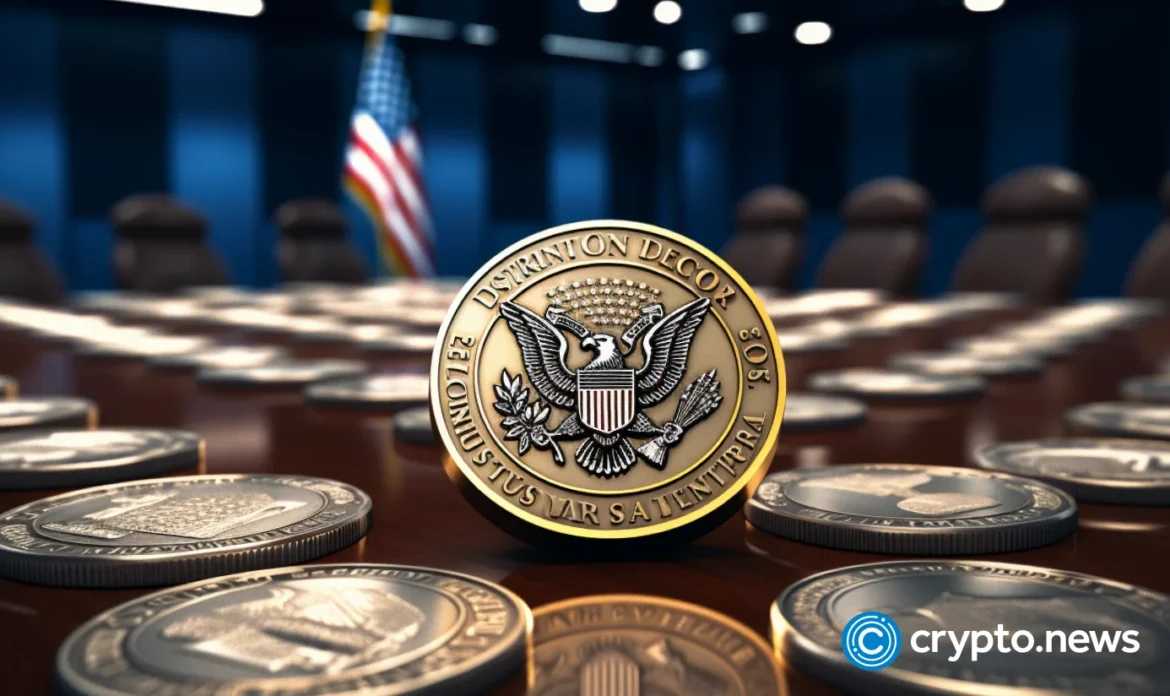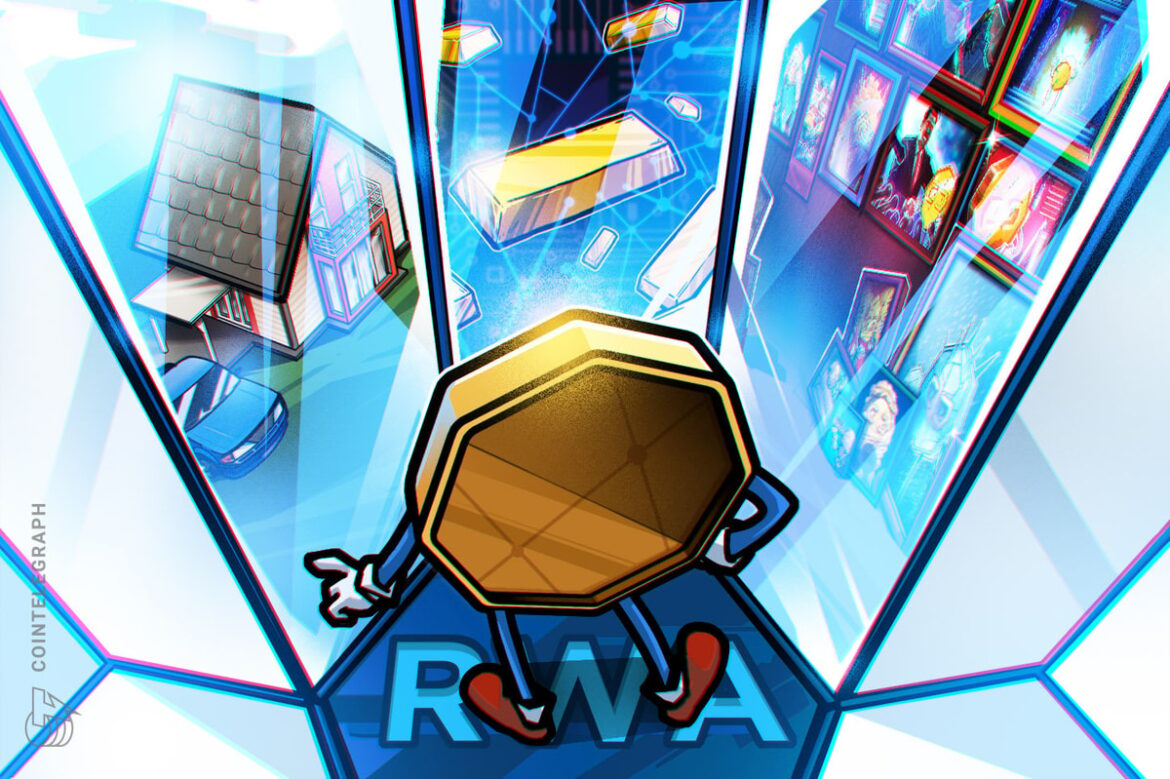Boerse Stuttgart Group unveiled Seturion, a digital settlement platform designed to streamline post-trade processes for tokenized assets across Europe.
The blockchain-based infrastructure aims to eliminate cross-border frictions, unify fragmented settlement systems and cut costs by as much as 90%, the exchange said Thursday.
The platform, which is open to banks, brokers, traditional and digital trading venues, and tokenization platforms, is already in use at BX Digital, Switzerland’s FINMA-regulated DLT trading facility. It was tested in the European Central Bank’s blockchain trials with leading European banks in 2024.
“Seturion is the first digital pan-European settlement platform for tokenized assets,” Boerse Stuttgart CEO Matthias Voelkel said in the release. “With a truly open architecture, we want to overcome current national settlement infrastructure silos and turn a unified European capital market into reality.”
Boerse Stuttgart said the platform’s open architecture allows for straightforward integration, supporting both public and private blockchains, and enabling settlement in central bank money as well as on-chain cash. It enables institutions to offer trading in tokenized assets without requiring their own DLT license, while continuing to use existing connections to market infrastructure.
The company’s own trading venues will serve as “client zero,” with more participants expected to join soon.
Pending supervisory approval, Seturion’s leadership team will be headed by Lidia Kurt as CEO, Sven Wilke as deputy CEO and chief growth officer, Dirk Kruwinnus as chief product officer and Samuel Bisig as chief technology officer. Lucas Bruggeman, Boerse Stuttgart’s chief digital assets officer, has been named chairman of the board.
A license application has been filed with Germany’s financial regulator BaFin under the EU’s DLT Pilot Regime.
Read more: Boerse Stuttgart’s Crypto Platform Adds Six More Cryptocurrencies for Retail Traders

